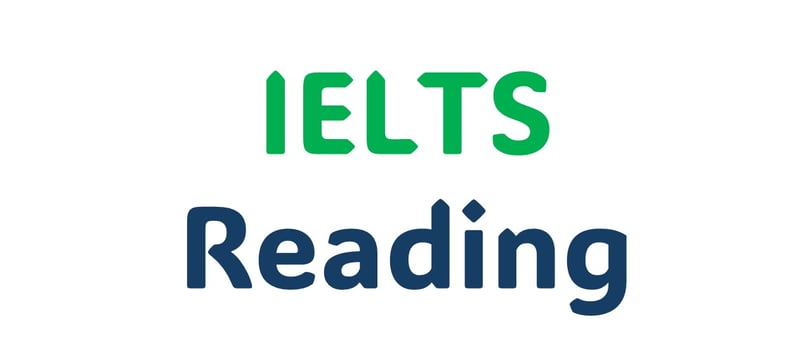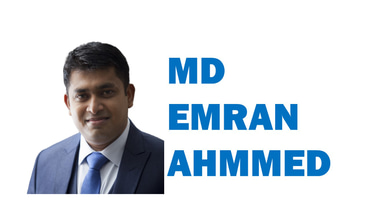IELTS Reading: Skimming and Scanning Techniques to Boost Your Score
Learn how to expert the IELTS Reading section using effective skimming and scanning techniques. This guide covers actionable tips and strategies to save time, improve accuracy, and tackle tricky questions confidently. Perfect for boosting your IELTS band score!
IELTS


The IELTS Reading section is often challenging for test-takers, not because of its complexity, but due to the limited time available to read and answer 40 questions in just 60 minutes. To excel, mastering skimming and scanning techniques is essential. These two methods allow you to quickly locate information, understand the gist of a passage, and answer questions accurately without reading every word.
In this blog, we’ll explore skimming and scanning, their importance, and how to apply them effectively for different question types.
Understanding Skimming and Scanning
Skimming involves quickly glancing through a text to understand its main idea or the general meaning. It helps you identify the structure and purpose of the passage without getting caught up in the details.
Scanning, on the other hand, is a focused reading technique used to locate specific information such as dates, numbers, or keywords. It allows you to zero in on the details needed to answer specific questions.
Together, these techniques help you manage your time efficiently and approach the IELTS Reading section strategically.
Why Are Skimming and Scanning Important?
Time Management: With an average of just 1.5 minutes per question, these techniques save time by eliminating the need for line-by-line reading.
Accuracy: They help pinpoint relevant information without distractions from unnecessary details.
Confidence: Knowing you can locate answers efficiently reduces stress during the exam.
When to Use Skimming and Scanning
Different question types require different approaches:
Skimming is ideal for:
Understanding headings and titles
Matching headings to paragraphs
Identifying the main idea of each section
Scanning is useful for:
Locating answers for True/False/Not Given or Yes/No/Not Given questions
Finding specific information in multiple-choice questions
Answering questions involving dates, names, or numbers
Steps to Skim Effectively
Read the Title and Subheadings: These give you clues about the passage’s content and purpose.
Focus on Topic Sentences: The first and last sentences of a paragraph often summarize its main idea.
Spot Keywords: Words like "however," "therefore," and "for example" signal important ideas or transitions.
Avoid Getting Stuck: Don’t let unfamiliar words slow you down. Look for the overall meaning.
Steps to Scan Effectively
Identify Keywords in the Question: Before scanning the passage, underline key terms like names, numbers, or specific phrases in the question.
Use Your Eyes Strategically: Move your eyes vertically or diagonally across the text to locate keywords.
Look for Synonyms and Paraphrases: IELTS questions often rephrase information from the text, so be prepared to recognize similar ideas.
Confirm Context: Once you locate a keyword, read the surrounding sentences to verify if it answers the question.
Practice Exercises for Skimming and Scanning
To develop these skills, practice with a variety of IELTS Reading passages. Here are some tips for effective practice:
Set a Timer: Practice answering questions within a strict time limit to mimic exam conditions.
Highlight Keywords: Use different colored markers for skimming and scanning practice.
Analyze Mistakes: Review your answers to understand where you went wrong and refine your approach.
Use Past Papers: Official IELTS practice tests are the best resource for authentic materials.
Example Application: A Practice Scenario
Imagine you’re given a passage about climate change and a question asks for the year a particular event occurred.
Step 1: Skim the passage to understand its structure. You might notice that one paragraph focuses on key events.
Step 2: Scan for numbers, paying attention to years mentioned in the text.
Step 3: Verify by reading the sentence around the year to ensure it matches the event described in the question.
Common Mistakes to Avoid
Over-Skimming: Skimming too quickly might cause you to miss essential information.
Inefficient Scanning: Focusing on the wrong sections of the text wastes valuable time.
Ignoring Synonyms: IELTS frequently uses synonyms or paraphrasing, so don’t rely on exact matches.
Final Tips for Success
Practice Daily: Dedicate time to skimming and scanning practice alongside other reading exercises.
Stay Calm: If a question seems difficult, skip it and return later to avoid losing time.
Review Vocabulary: Familiarity with synonyms and common phrases will make skimming and scanning more effective.
By incorporating skimming and scanning into your IELTS Reading preparation, you’ll not only save time but also increase your chances of achieving a high band score. With consistent practice and a strategic approach, you’ll be well on your way to mastering the Reading section.
Good luck with your IELTS preparation!
[Soft Request: If you found this blog helpful, please share it with others to spread knowledge and help them learn.]
Read more: Essential Vocabulary for IELTS Academic Writing Task 1: Simplified and Easy to Use
